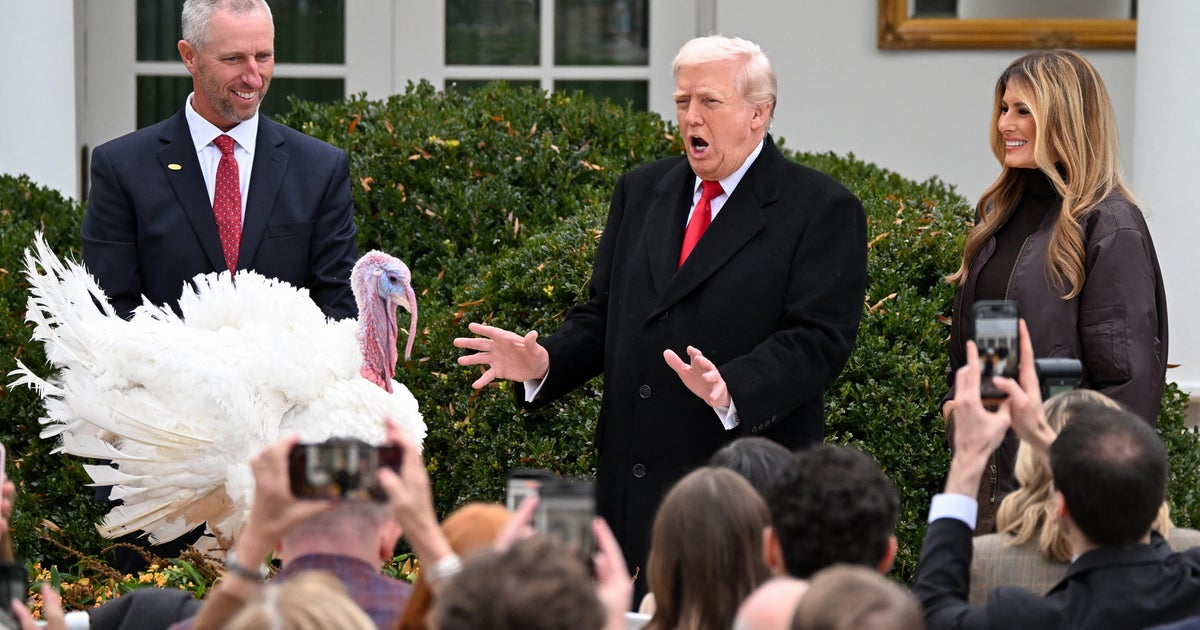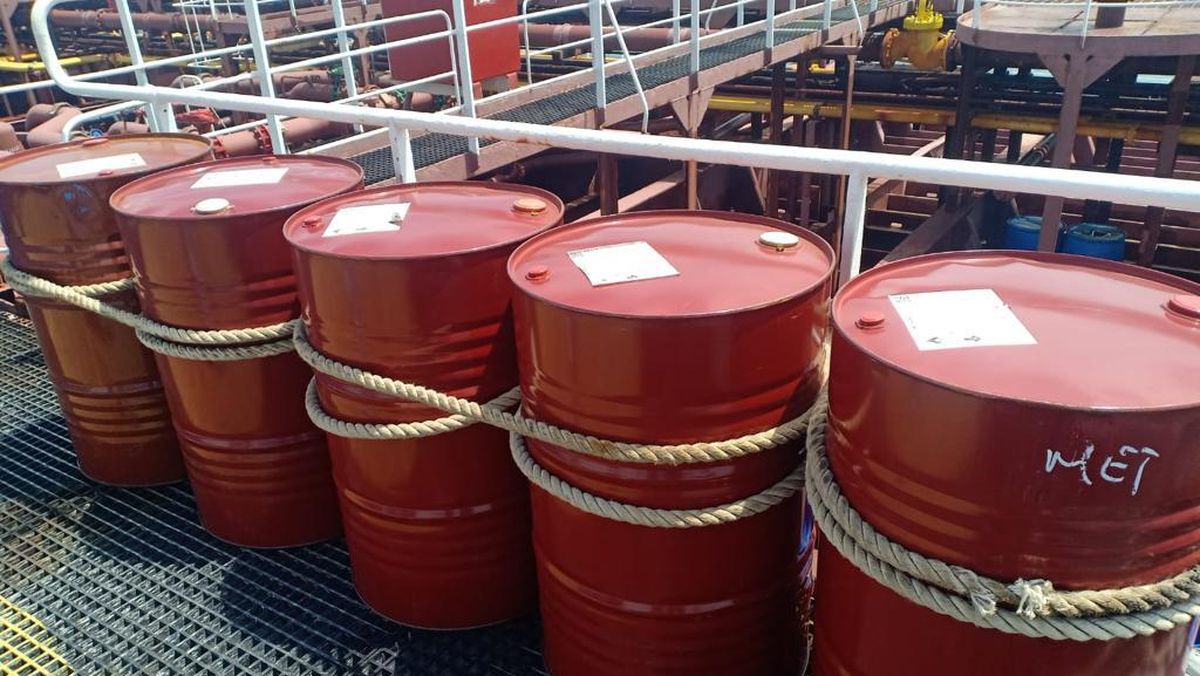Opinion
November 26, 2025 — 5.00am
November 26, 2025 — 5.00am
If there were ever two topics so closely linked in the public consciousness that conversation about one was impossible without mention of the other, it would be housing and migration.

Illustration by Simon LetchCredit:
As a second-generation migrant, I might be expected to come to the defence of migration. After all, I’ve watched my parents build a life here, and I’ve loved growing up and living here.
But nearly all of us are here as a result of migration at some point in our ancestry. And most of us have benefited greatly from the generations of economic growth and richness that cultural diversity and the hard work of migrants have contributed to this country.
There are few sensible Australians who dispute that, although news this week that the Trump administration (which sees mass migration as “an existential threat to Western civilisation”) has ordered its embassy in Canberra to collect data on “migrant crime” – and recent anti-immigration rallies (after which some protesters were spotted dining at a yum cha restaurant) – show there are some who can’t see it.
When it comes to housing affordability, one of the most commonly held views is that migrants are pushing our property prices up. So let’s talk about it.
As with anything that can be bought and sold, the price of housing is affected by demand and supply: the number of buyers (and how many properties they want to buy), and the number of houses being offered up for sale. Property price growth is generally determined by which of these is stronger.
Now, adding more residents to a country does increase demand for housing. After all, they need a place to live. But just how much does that affect housing costs? The biggest effect on housing costs from having more migrants, especially in the short term, is in the rental market.
Last year, the Coalition suggested it would cut net overseas migration (the number of people who arrive in Australia, intending to stay at least 12 months in a 16-month period, minus the number of people who leave the country for at least 12 months over the same time frame).
Analysis by the Grattan Institute last year showed that if the government kept net overseas migration at 190,000 permanently (the Coalition pledged to cut it to 160,000 in 2025 then 190,000 for the following four years), then rents and house prices would be about 4 per cent lower than they otherwise would be after a decade.
The researchers also flagged that cutting the number of migrants (especially skilled migrants) would make Australians poorer.
Loading
If we look purely at house prices, the direct effect is relatively small. Researchers at Monash University and RMIT looked at census data from 2006, 2011 and 2016 and found a 1 per cent increase in population due to immigration leads to a smaller than proportionate increase – about 0.9 per cent – in housing prices. That means roughly one-fifth of average home price growth over that period could be traced back to immigration.
One-fifth is a big enough share of home price growth that we should care about it and that it should be open to debate.
But we should also keep in mind that in the years since, we’ve seen house prices surge in Australia during times when immigration has slowed to a trickle.
Early in the pandemic, when our borders were closed and Australian population growth stalled (and even shrank at times), house prices climbed more than 20 per cent in just over a year.
That’s because demand is determined by many things, including a growing preference for more space (the average number of people living together under one roof has shrunk since the pandemic), interest rates (record low rates during the pandemic turbocharged demand) and the incentives we put in place, including tax policy.
While boosting housing supply is key, it has grown 19 per cent over the past decade, faster than the 16 per cent growth in population, according to The Australia Institute. The issue is that through tax policy, investors have been unnecessarily encouraged to buy up properties.
Halving the capital gains tax discount from 50 per cent to 25 per cent and limiting negative gearing to investments in new rather than existing homes over five years, for instance, could reduce home prices by up to 4 per cent. Australian Council of Social Service chief executive Dr Cassandra Goldie says that’s similar to the impact of the government’s target of building 1.2 million additional homes over five years.
Given that more than 80 per cent of the benefit of the capital gains tax discount flows to the top 10 per cent of households by income, there’s very little reason we should continue to keep it at that generous level unless investors are building new homes and adding to supply.
Halving the discount gradually over five years will also give the government about $5 billion more to work with every year, too: money it could invest into more housing.
Loading
Supply of housing – increasing it, and removing speed bumps to more development – is still key.
Researchers at the Reserve Bank have found zoning restrictions – such as minimum lot sizes and maximum building heights – contribute about 40 per cent to the price of houses in Sydney and Melbourne.
If we care about the much smaller price impact of migration, surely our tax incentives and planning laws – with their outsized impact – need to be bulldozed, or renovated, first.
The problem with fixating on cutting migration is that it comes with a big price tag.
Not only do skilled migrants pay more in taxes than they receive, and spend at local businesses and contribute as workers, but they also help lift productivity – reducing how hard we have to work – by introducing new technologies, business practices and knowledge.
Research from the OECD shows Australian regions with a higher share of migrants tend to have more productive local workers and higher wages. Essentially, slashing migration will make many Australians poorer.
If we are to curb or review the number of migrants coming to Australia, it should be focused on bringing in a higher share of those who have the skills we need to build the homes we need.
It’s not that curbing migration would have no effect: it would put some downward pressure on home prices. But using migrants as a scapegoat for the nation’s housing affordability issues is stopping us from pushing for fairer, less costly and more effective solutions.
Most Viewed in Business
Loading


















































